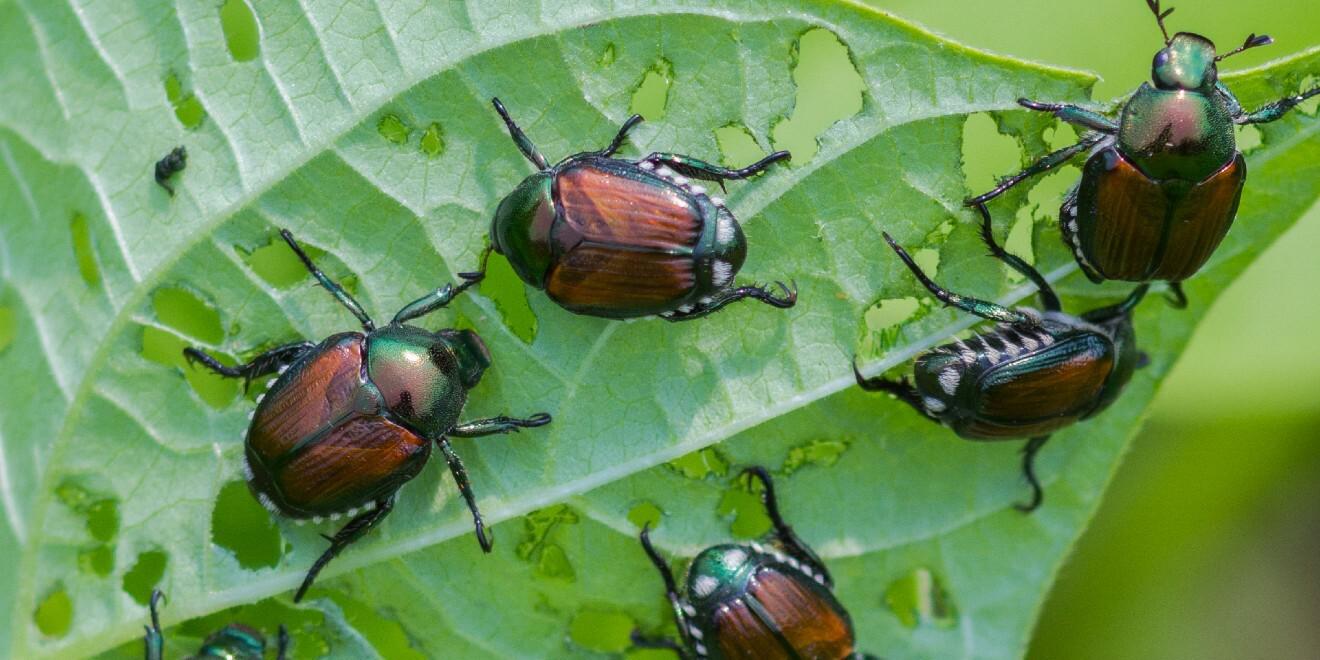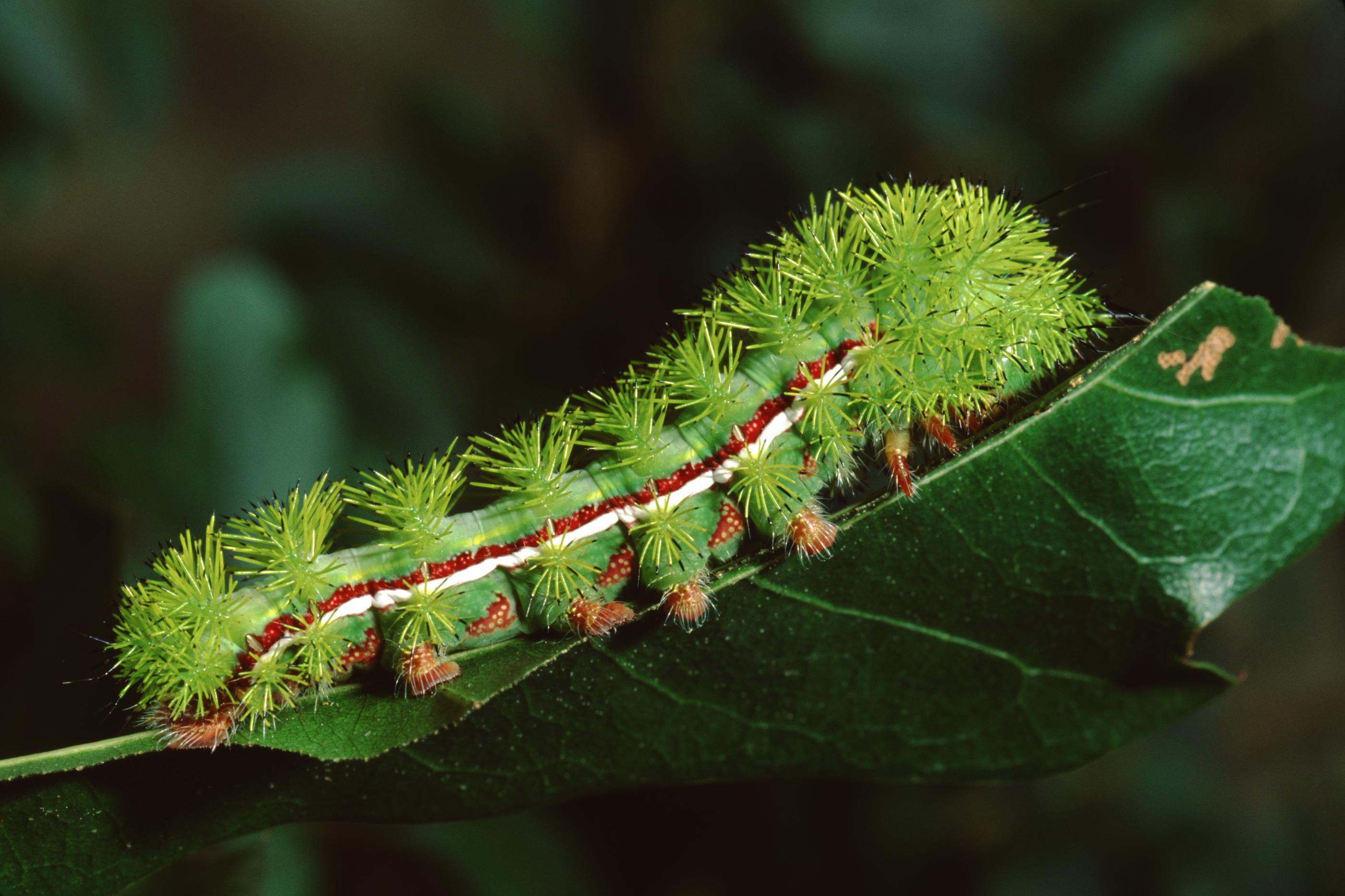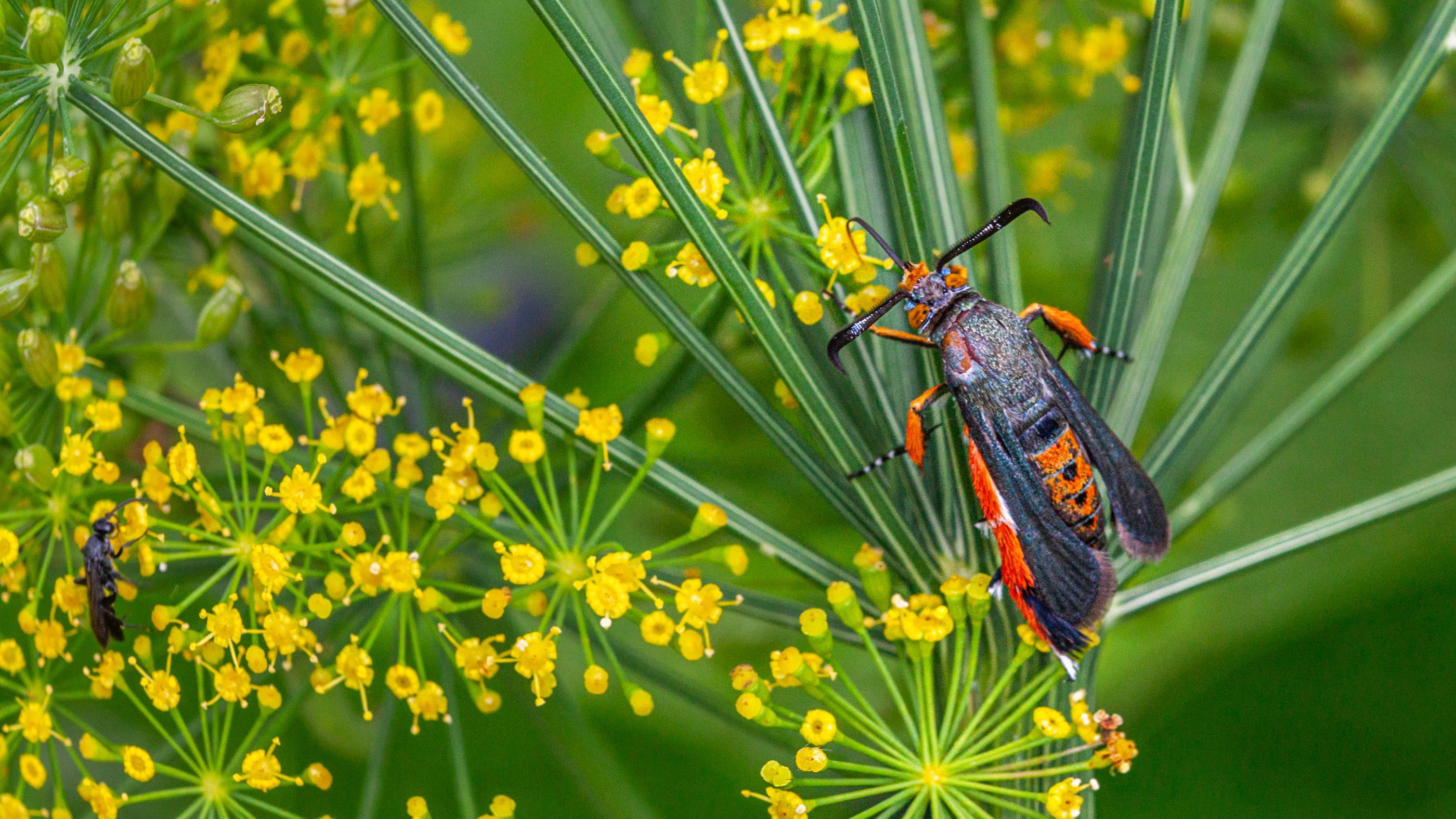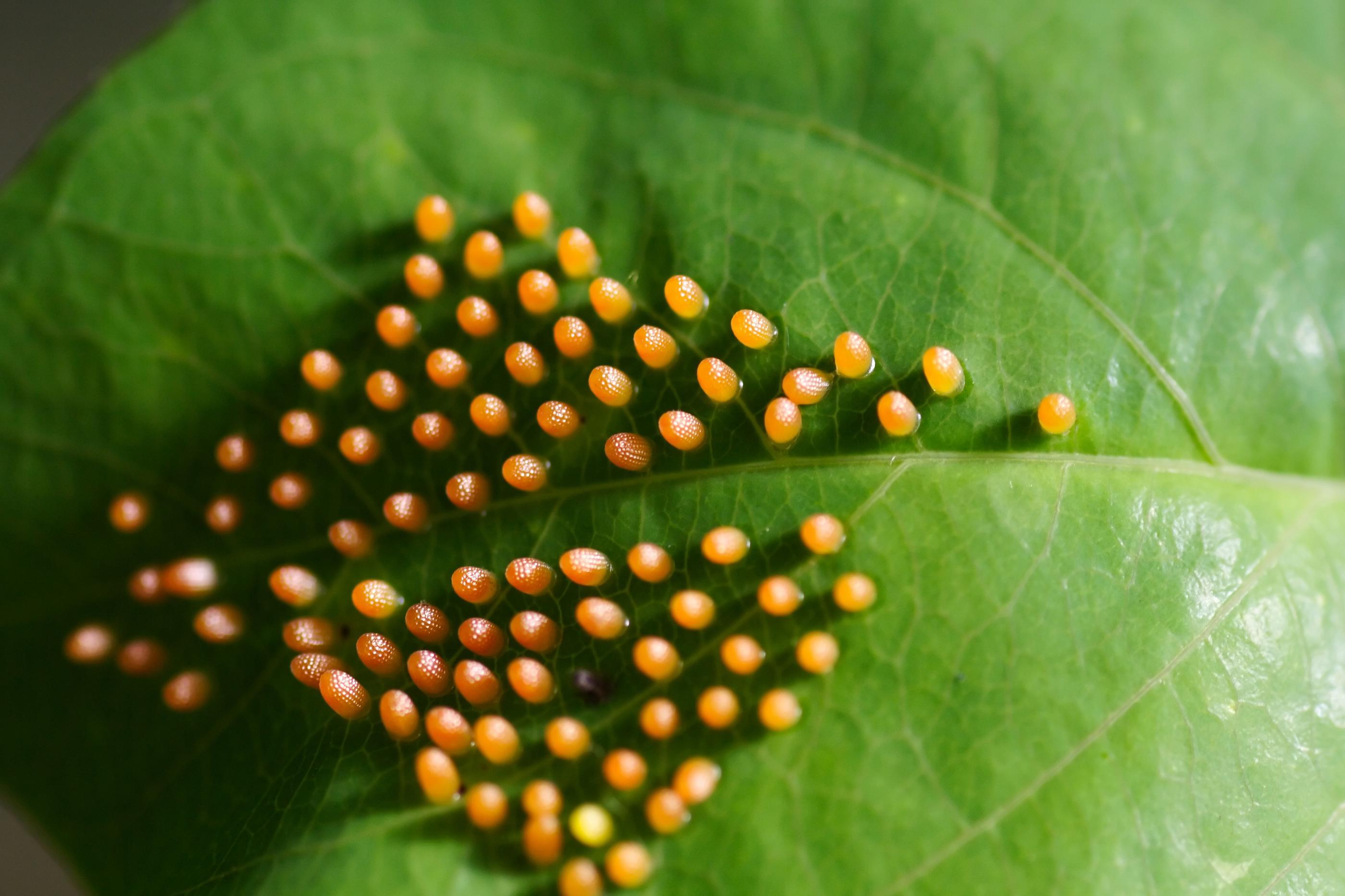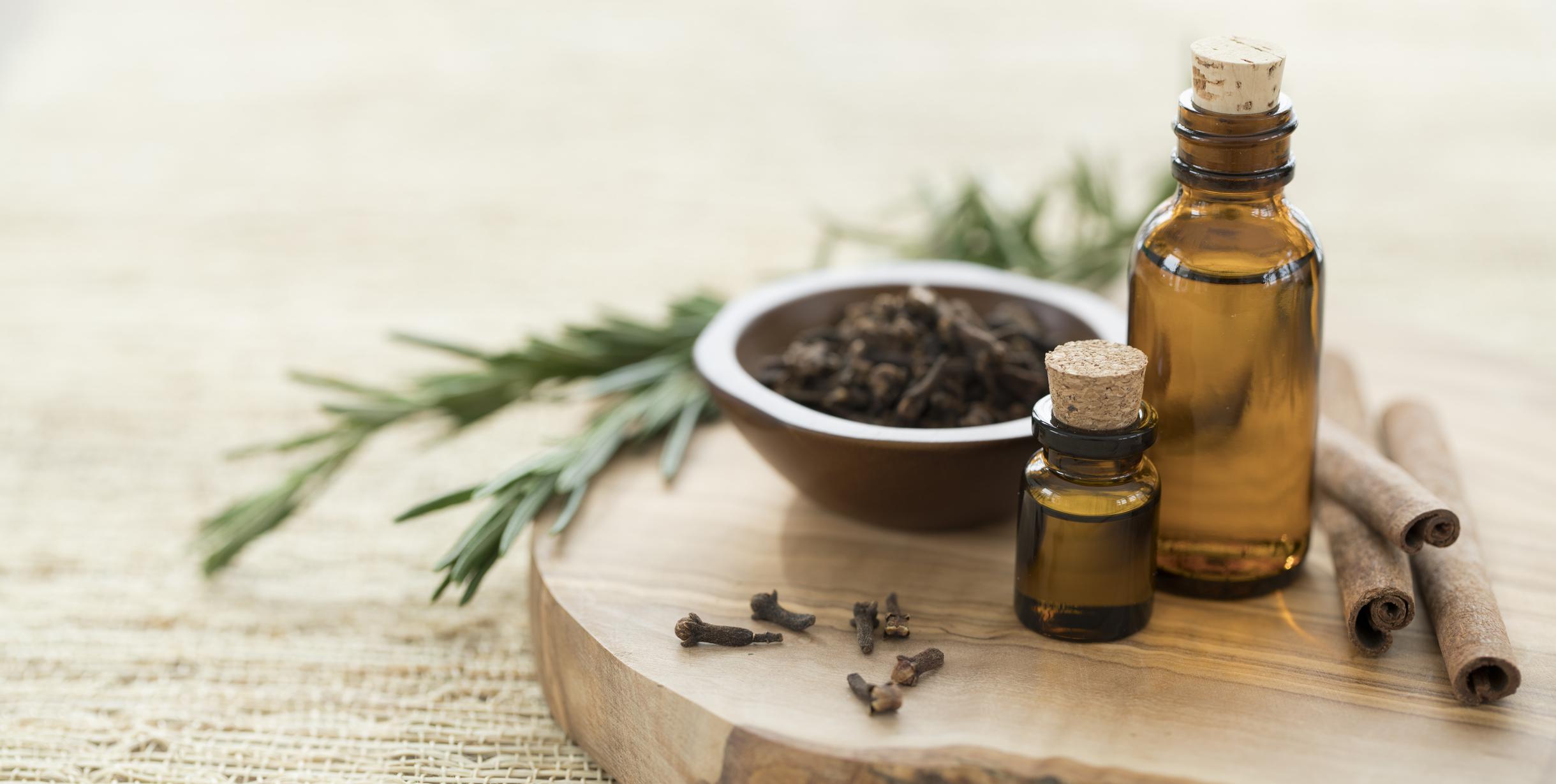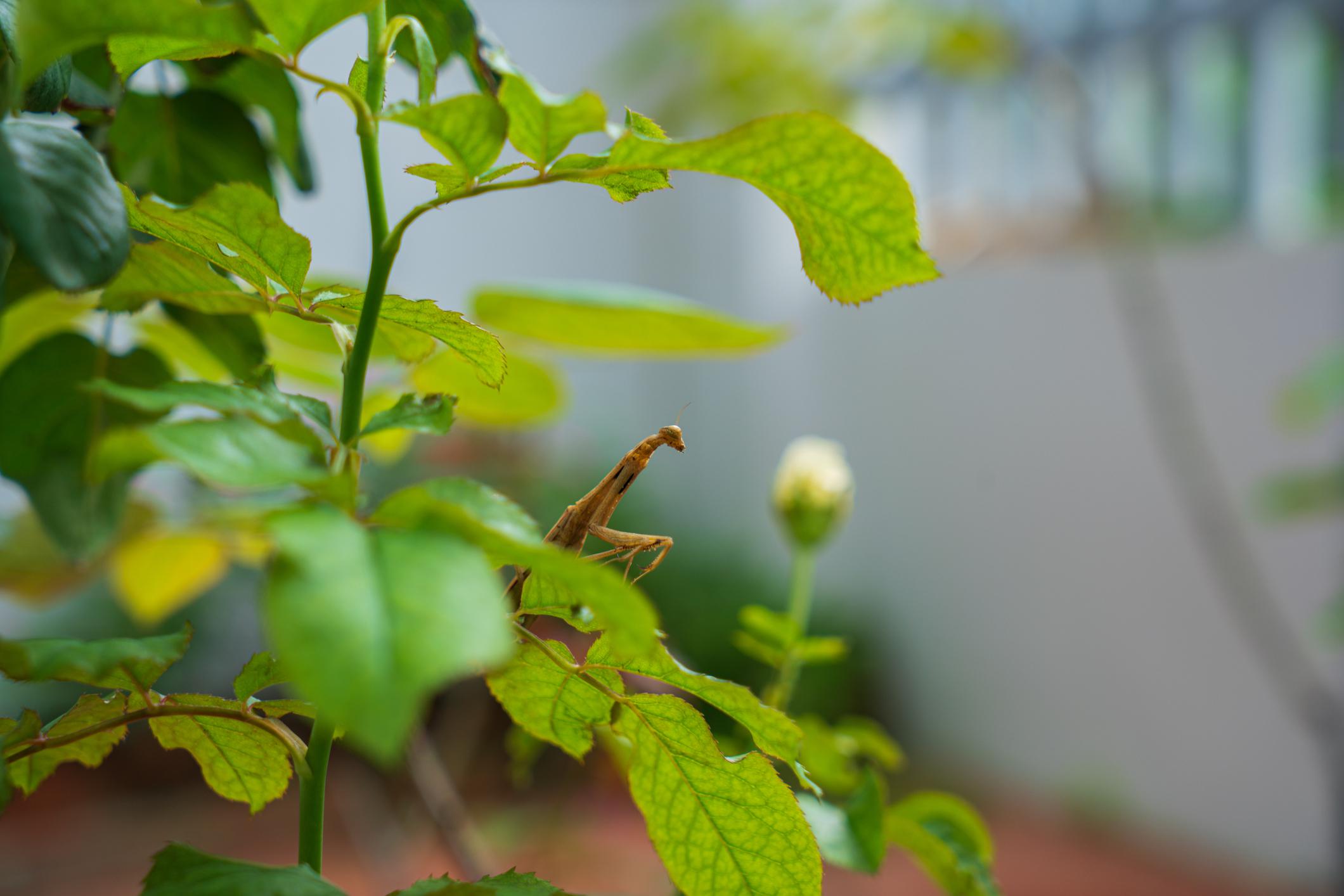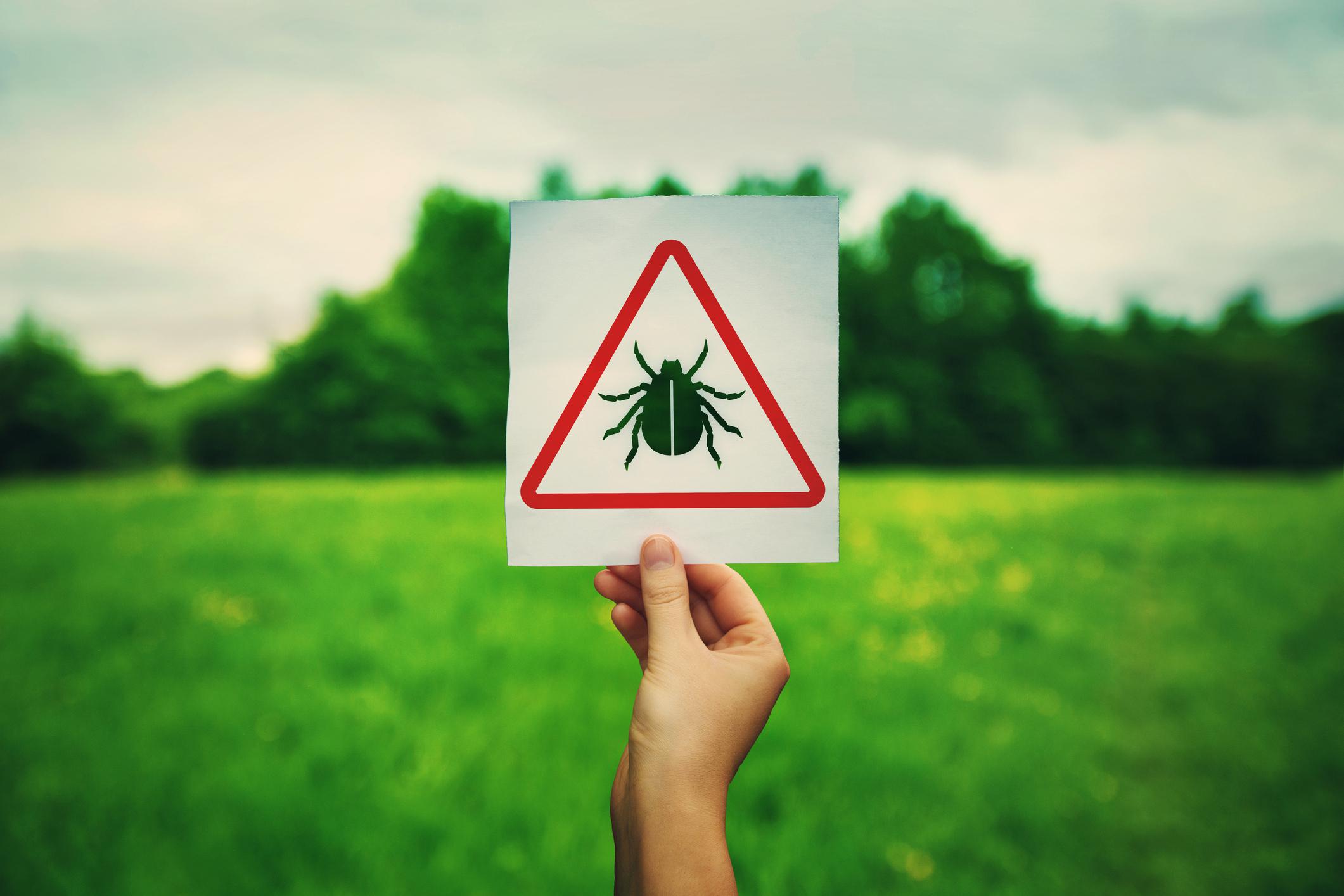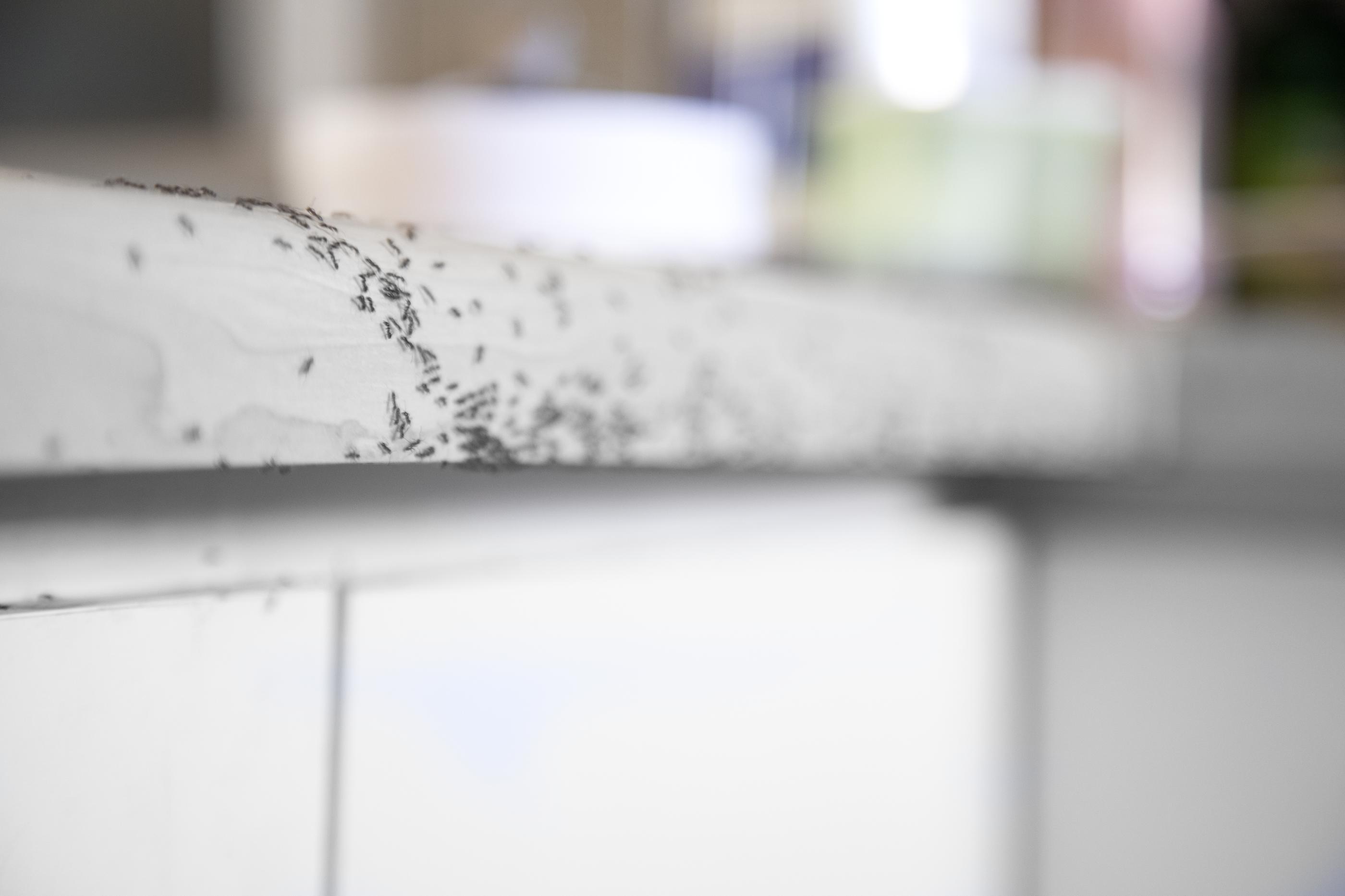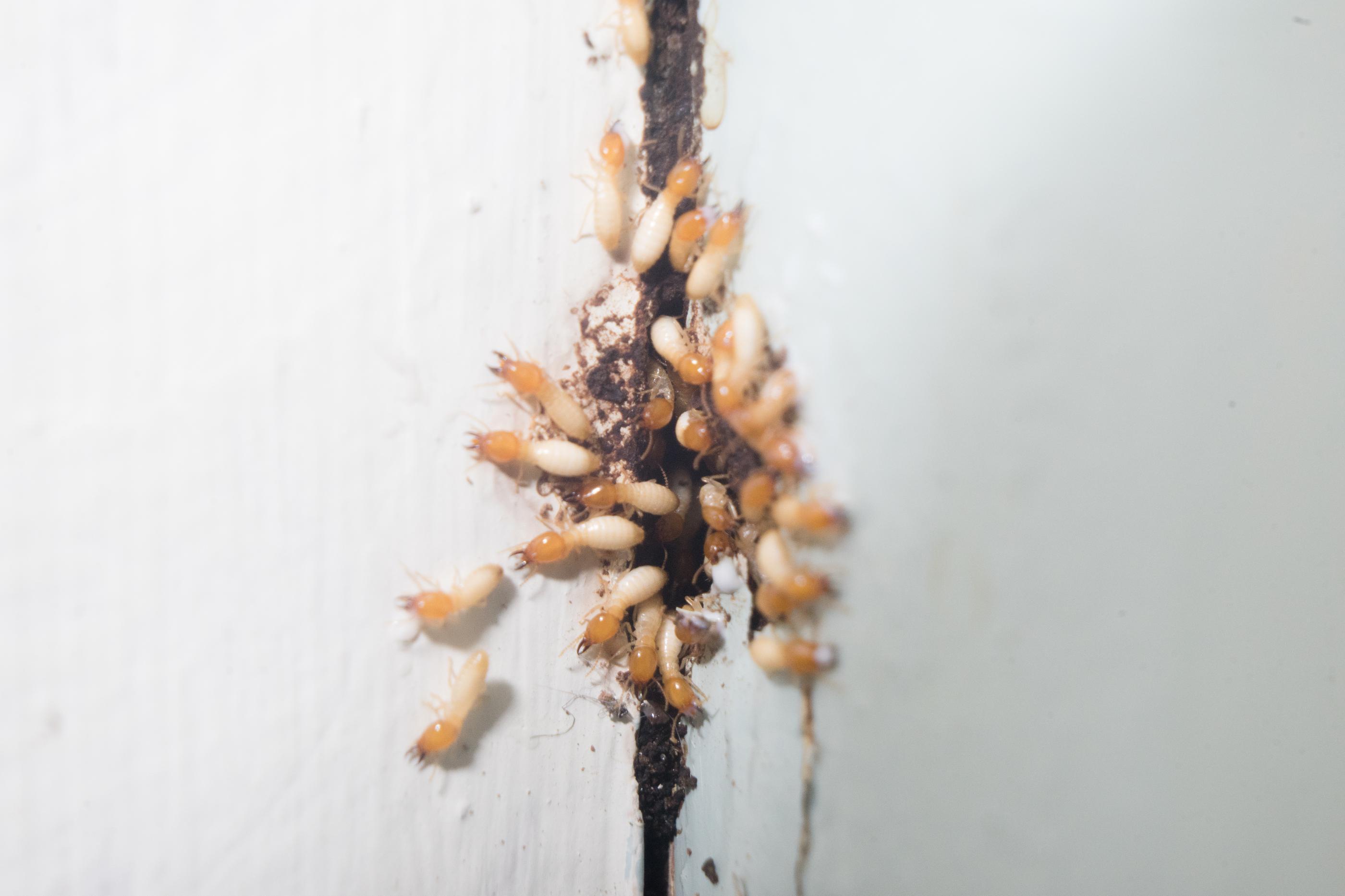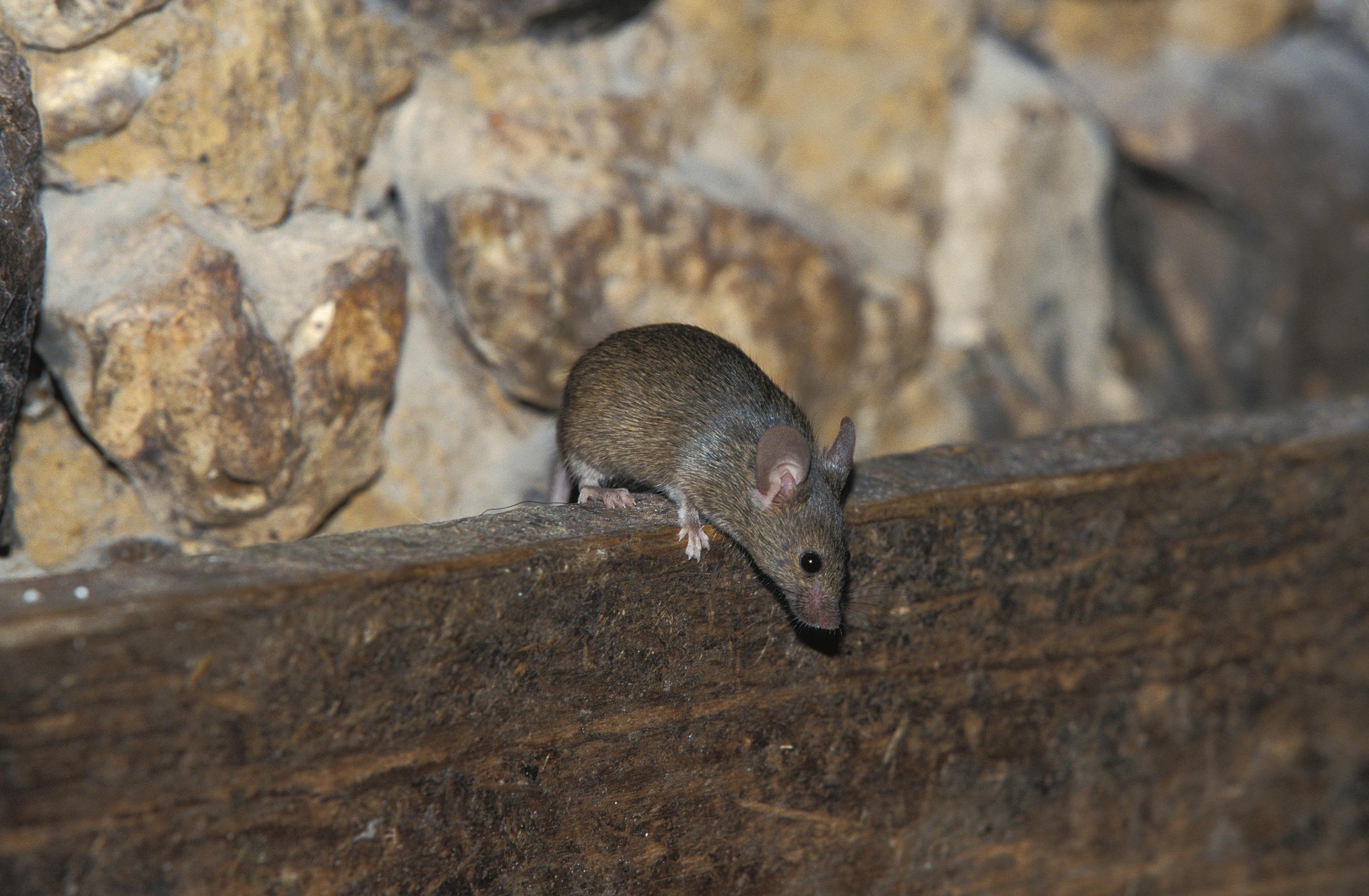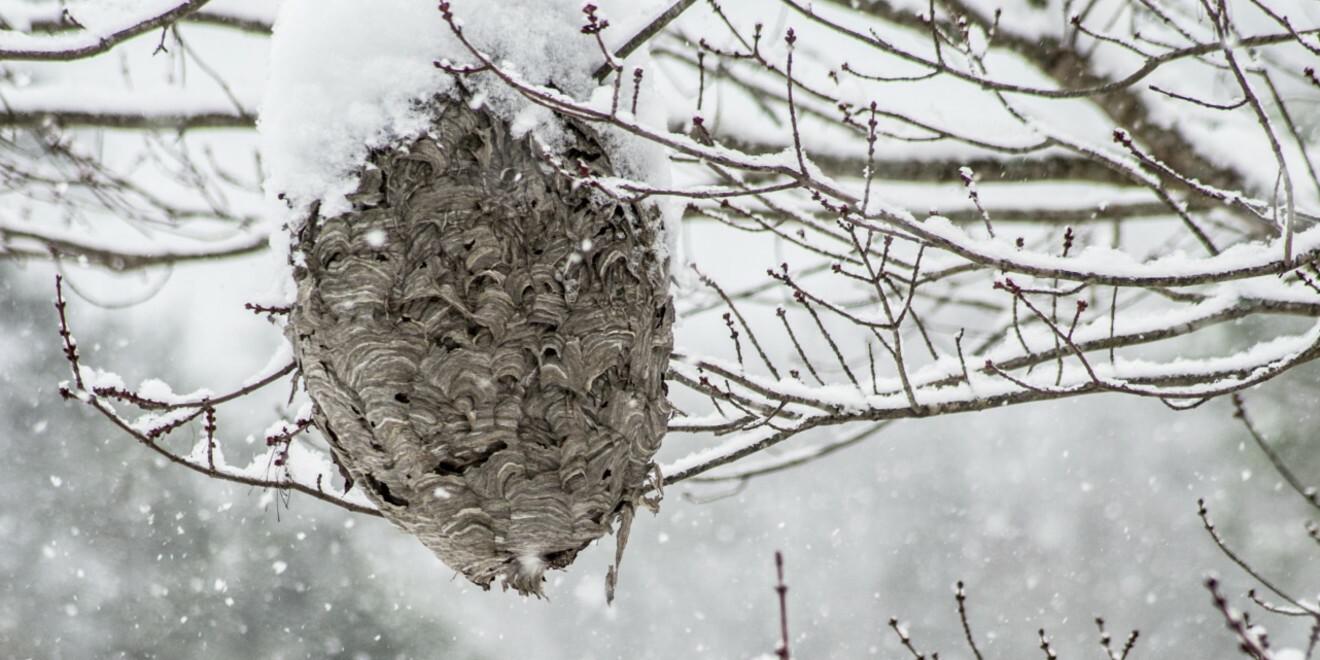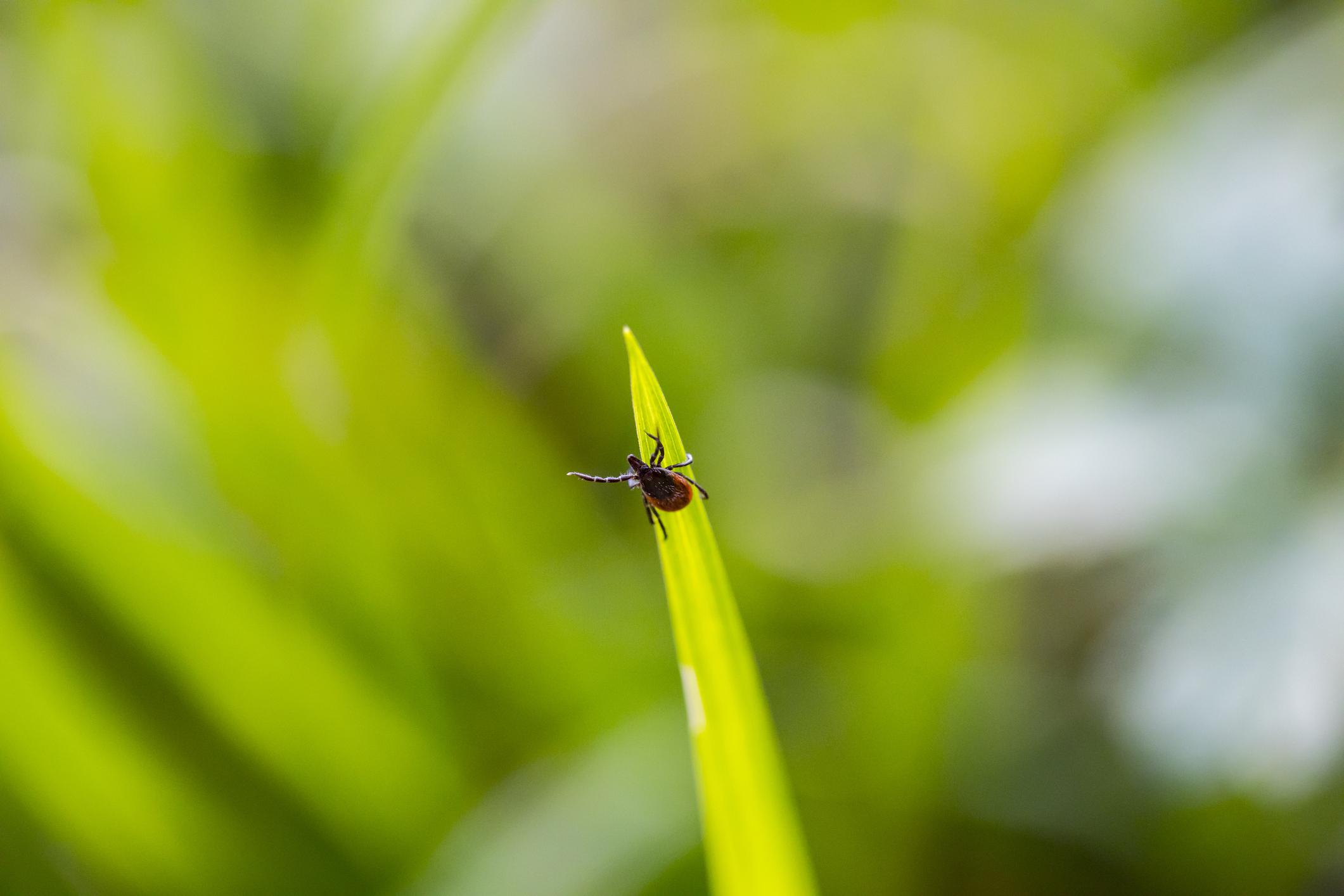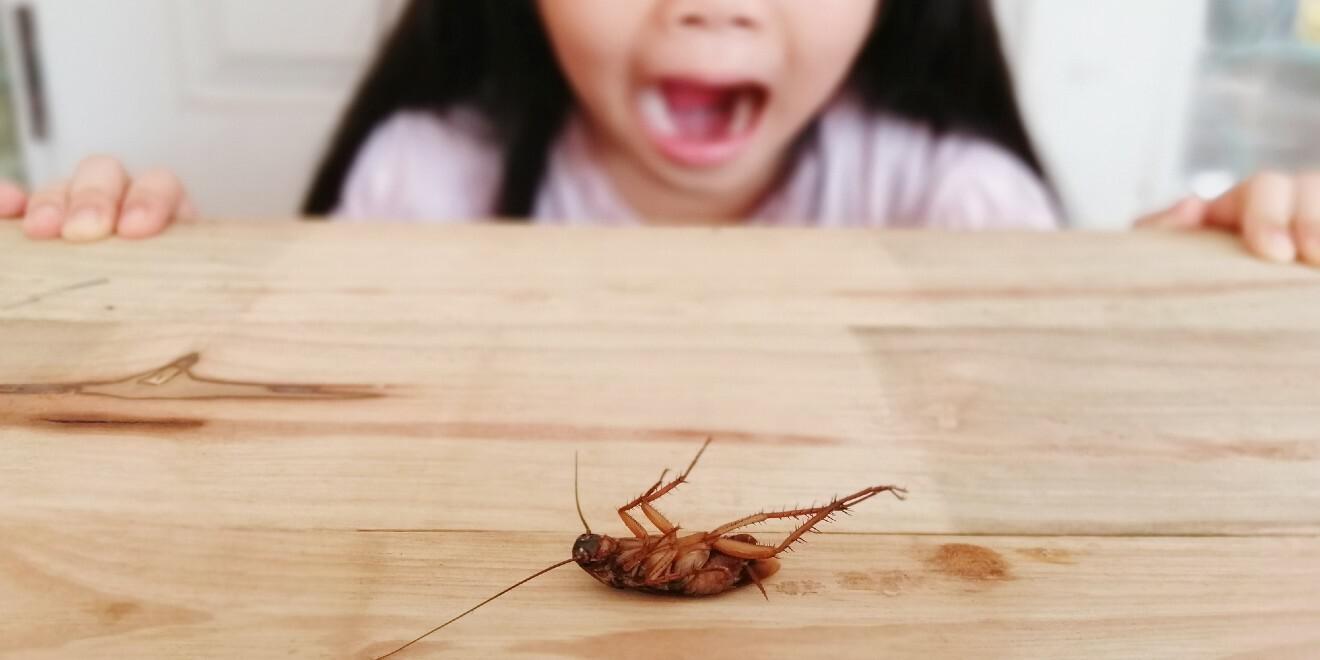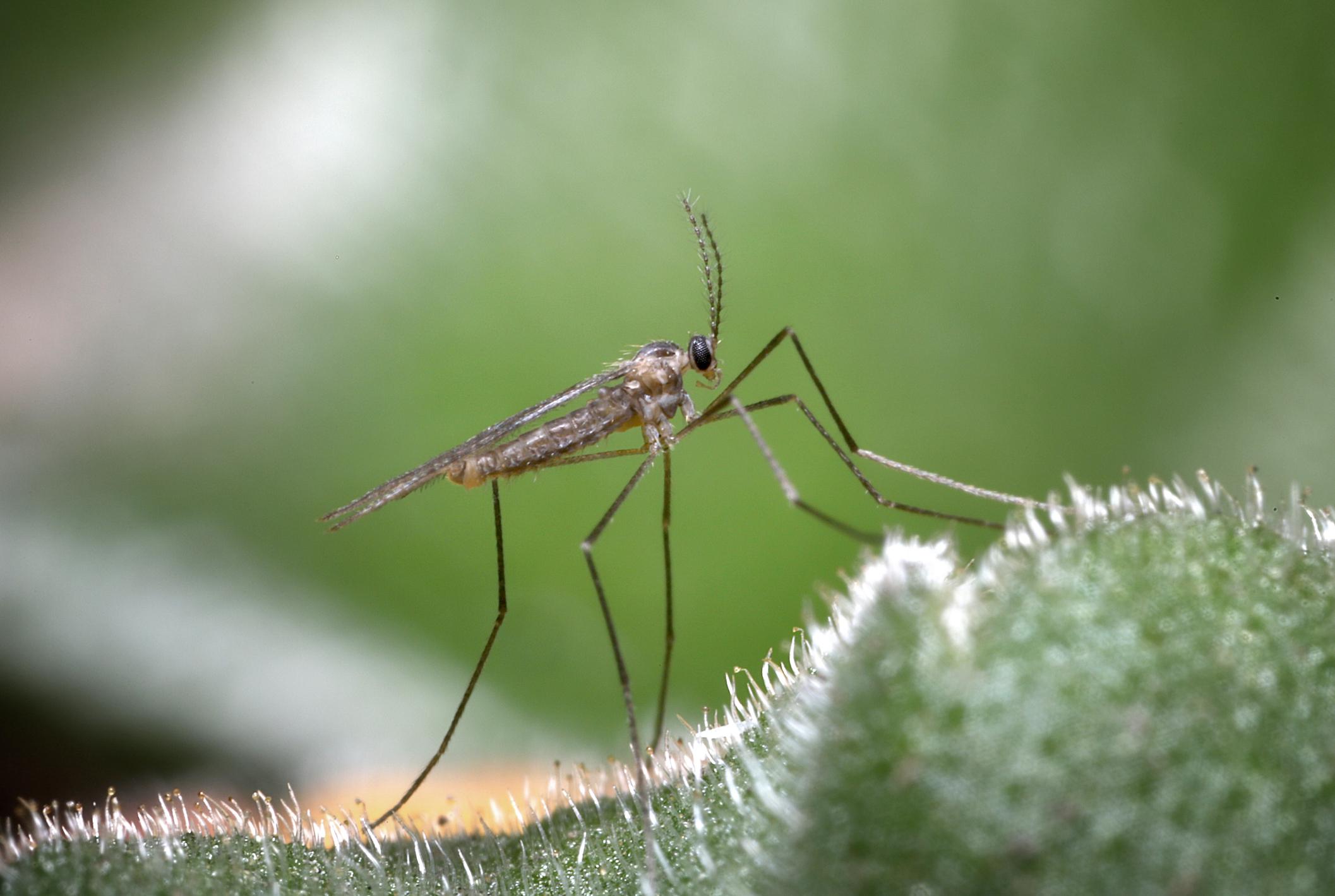10 Plants That Won’t Attract Deer
Posted by Mosquito Squad
March 27, 2017
We know how to get rid of mosquitoes in your yard, but we often hear homeowners ask how to stop deer from eating their plants and flowers!
Gardeners work long and hard to keep their flower beds and landscape looking beautiful during the spring and summer seasons. Unfortunately, some of our four-legged neighbors see these hours of labor as an invitation to the buffet.
Deer are unwanted garden guests because they often munch on prize plants. This season, as you prepare your yard for spring, consider planting species that deer don’t enjoy eating.
Here are 10 deer-resistant plants from Better Homes & Gardens. We’ve chosen these particular species because they are also native to DC, Maryland, and Virginia. This means they generally require less care, water, fertilizer, and chemicals to stay healthy, as compared to non-natives. In addition, they are beneficial to local wildlife communities and natural ecosystems.
10 Deer Resistant Plants
Butterflyweed (Asclepias tuberosa)
As the name suggests, this plant will attract beautiful butterflies to your yard, but not deer! The clusters of orange flowers are beautiful to look at during the summer, and butterflyweed is heat- and drought- resistant. They can grow to three feet tall and two feet wide, and prefer full sun and well-drained soil.
Jack-in-the-Pulpit (Arisaema triphyllum)
This plant, which is a popular food source for songbirds, sprouts an unusual flower during the spring and has dark green leaves. It also has bright red poisonous berries that linger after the growing season ends. Jack-in-the-pulpit can grow up to two feet tall and two feet wide, and it prefers shade and moist, well-drained soil.
Joe Pye Weed (Eupatorium purpureum)
Joe Pye Weed is a prairie perennial that attracts butterflies and songbirds. It has reddish-purple flowers that bloom in the late summer and early fall. Reaching up to seven feet tall and three feet wide, it’s a great choice for the back of a flower bed. It prefers full sun and moist soil.
Bee Balm (Monarda didyma)
Bee balm is a favorite of beneficial insects, hummingbirds, and butterflies, but not deer or rabbits. The bright flowers, which are aromatic and have herbal uses, last for a nice long period during the summer months. The plant can grow to three feet tall and wide. It’s also a beautiful cut flower. Bee balm prefers full sun to part shade and well-drained soil.
Wreath Goldenrod (Solidago caesia)
The goldenrod’s bright flowers that bloom in the late summer and early fall make a perfect filler for fall flower arrangements. It can grow from one to six feet tall and attracts butterflies and songbirds. The plant prefers full sun and well-drained soil.
Wild Ginger (Asarum canadense)
Wild ginger is a great ground cover for shady areas. It has small heart-shaped leaves that only grow to about six inches tall. Plus, it is a semi-evergreen and it spreads easily. It prefers shade and moist, well-drained soil.
Virginia Bluebells (Mertensia virginica)
This wildflower is highly recognizable because of the bright blue bell-shaped blooms that appear for a short but marvelous window during the spring. The exact shade of the flowers changes based on the soil acidity. They can grow to two feet tall and one foot wide, and prefer shade and moist, well-drained soil.
Turtlehead (Chelone glabra)
This plant gets its common name from the white bloom’s shape, which is sure to be a whimsical addition to your garden. They can grow to four feet tall and three feet wide, and prefer full sun or partial shade and moist soil.
Meadow Rue (Thalictrum dioicum, Thalictrum pubescens, Thalictrum thalictroides)
Meadow rue has delicate, fluffy, colorful blooms that add a beautiful cloud-like texture to your garden. They can grow from six inches to six feet tall and six inches to three feet wide, depending on the species. Meadow rue prefers sun to shade (variable based on species) and moist, well-drained soil.
Adam’s Needle (Yucca filamentosa)
The spiky appearance of this plant should be a sign that deer don’t like to come near. The sharp fronds are an excellent deterrent. It can grow to two and a half feet tall, and prefers full sun and dry areas.

